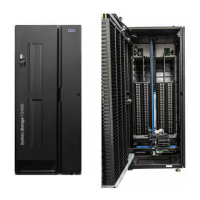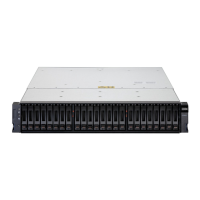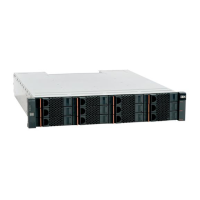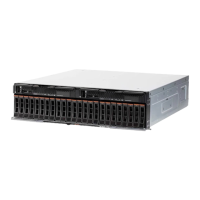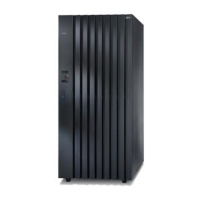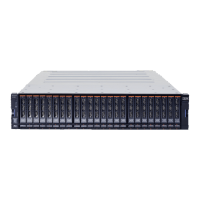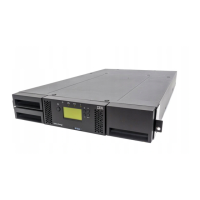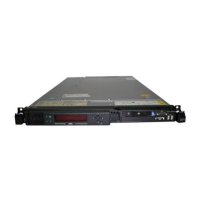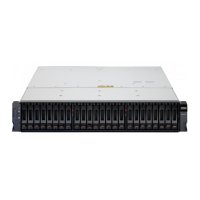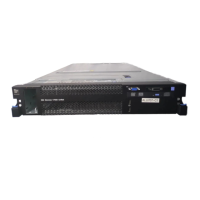166 IBM System Storage N series Hardware Guide
11.1 Write Anywhere File Layout
Write Anywhere File Layout (WAFL) is the N series file system. At the core of Data ONTAP is
WAFL, which is N series proprietary software that manages the placement and protection of
storage data. Integrated with WAFL is N series RAID technology, which includes single and
double parity disk protection. N series RAID is proprietary and fully integrated with the data
management and placement layers, which allows efficient data placement and
high-performance data paths.
WAFL includes the following core features:
WAFL is highly data aware, and enables the storage system to determine the most
efficient data placement on disk, as shown in Figure 11-1.
Data is intelligently written in batches to available free space in the aggregate without
changing existing blocks.
The aggregate can reclaim free blocks from one flexible volume (FlexVol volume) for
allocation to another.
Data objects can be accessed through NFS, CIFS, FC, FCoE, or iSCSI protocols.
Figure 11-1 WAFL
WAFL also includes the necessary file and directory mechanisms to support file-based
storage, and the read and write mechanisms to support block storage or LUNs.
As shown in Figure 11-1, the protocol access layer is above the data placement layer of
WAFL. This layer allows all of the data to be effectively managed on disk independently of
how it is accessed by the host. This level of storage virtualization offers significant
advantages over other architectures that have tight association between the network protocol
and data.
To improve performance, WAFL attempts to avoid the disk head writing data and then moving
to a special portion of the disk to update the inodes. The inodes contain the metadata. This
movement across the physical disk medium increases the write time. Head seeks happen
quickly’ however, on server-class systems, you have thousands of disk accesses going on per
second. This additional time adds up quickly and greatly affects the performance of the
system, particularly on write operations. WAFL does not have that handicap, and writes the
metadata in line with the rest of the data. Write anywhere refers to the file system’s capability
to write any class of data at any location on the disk.
The basic goal of WAFL is to write to the first best available location. “First” is the closest
available block and “Best” is the same address block on all disks; that is, a complete stripe.

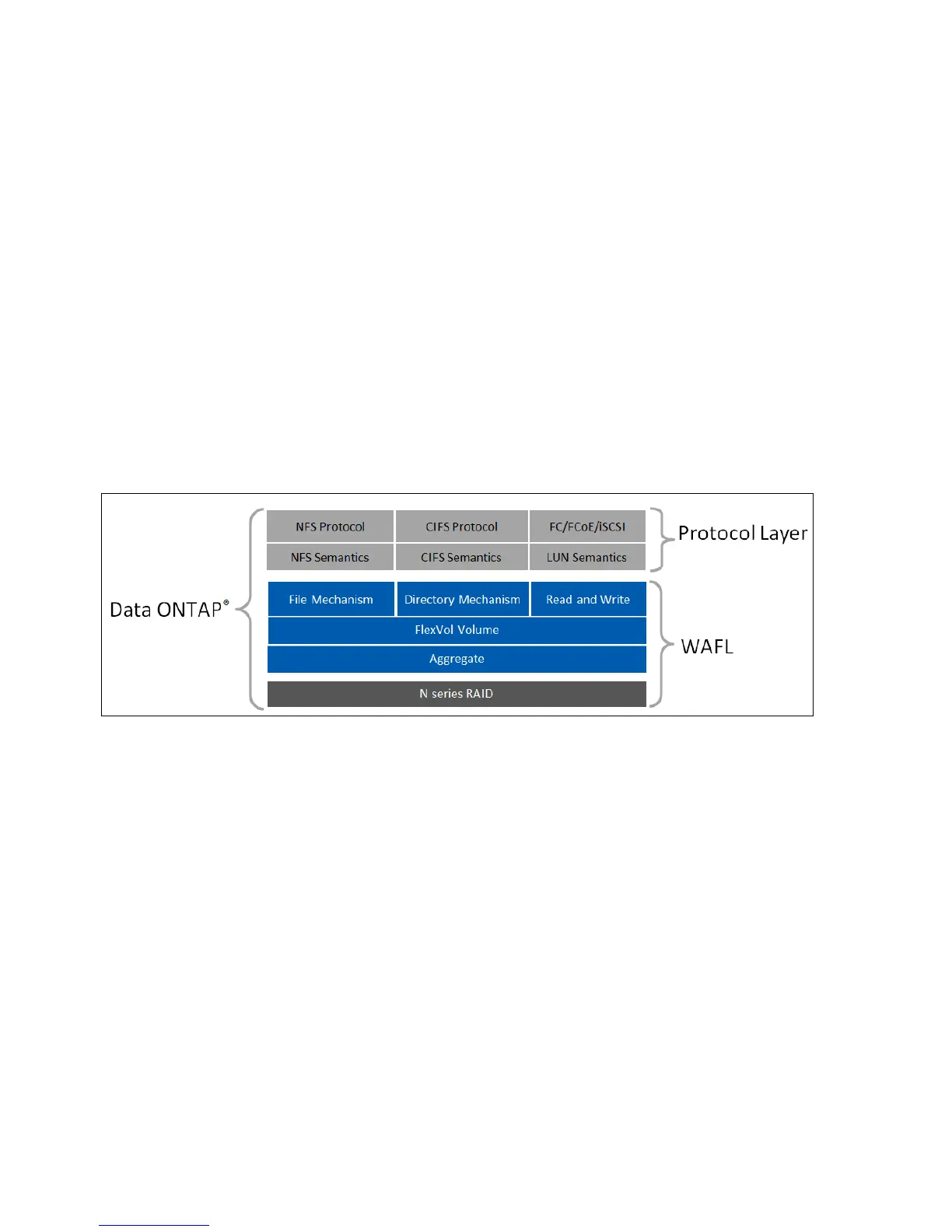